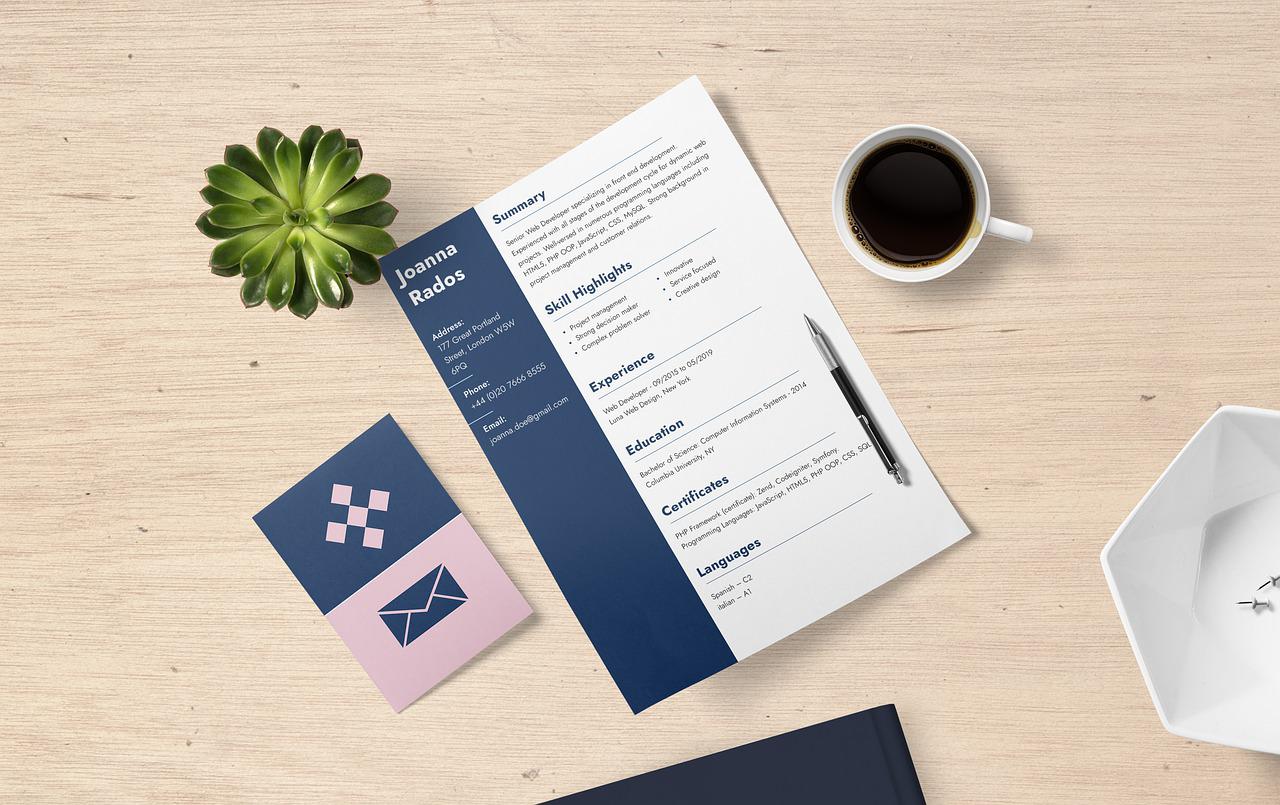Writing a cover letter of Atlanta, Georgia
Writing a cover letter
We have already written about how to write a resume, but today we will talk about such an important thing as a cover letter. It can both increase your chances of getting the desired position, and destroy all efforts at the root. Therefore, it is important to be able to write such letters correctly.
In the article, you will find step-by-step instructions for writing cover letters and learn how to present yourself “deliciously” using text.
Why do you need a cover letter for your resume?
During the job search, until the interview, you have only 3 tools to make the right impression on the employer or HR manager:
- Resume.
- Cover Letter.
- Portfolio
A cover letter is a small text (less than an A4 sheet) that helps draw the employer’s attention to your resume, and also better reveals your professional and personal qualities. The letter is sent together with the resume by e-mail or when responding to a vacancy on the website (hh, superjob and others). Experts advise sending letters, even if the vacancy does not indicate such a requirement.
If the resume says more about your experience and education, then the cover letter reveals you as a person – by the style and information it contains, you can understand how interested you are in the job, what additional qualities and skills you have, why you consider yourself a suitable candidate .
How to write a cover letter for a resume: step-by-step instructions
Step 1. Title
We are writing “Covering letter of Mary Blake” (substitute your full names). If the letter is sent from a job search site, then the header is not required – only the text is required, other data are automatically substituted.
Step 2. Letter size
The size is about 1,000 characters without spaces, but with more than 2,000. In principle, you can invest in several proposals, but 1,000 characters is the optimal amount of text for writing. It is desirable that reading the text took the recruiter a little more than 20 seconds.
Step 3. Style
The style of the letter depends on the position and the company you are going to work for. If this is a creative profession or you want to get a job in a startup, an informal style is suitable (you can even add creativity). If it is a serious company, stick to a business style of writing. But you don’t need to write too officially and boringly (we’ll explain why below).
Step 4. Structure
The structure of letters is standard:
Title;
the text (it should contain a greeting, main part and conclusion);
Names and contacts at the bottom of the letter.
A more detailed plan looks like this:
Greeting. We introduce ourselves and address the company representatives. The second is optional, but makes the letter personalized. If there is no name in the vacancy, you can write “dear company employees”.
We indicate the vacancy and the source from which we learned about it – this will make it easier for the recruiter to study writing.
We write how this company and a specific position affected you.
List the arguments why the company should hire you – tell us about your experience, professional and personal qualities. This part of the letter is the largest, the first 3 can fit into a couple of sentences.
We write a conclusion and contacts.
Step 5. Content of the letter
The text is written in an arbitrary form. Focus on your strengths. The letter should make you want to read your resume and invite you to an interview.
Instead of abstract content recommendations, let’s show examples of cool letters.
The most common mistakes in application documents
- Failure to adapt the resume and cover letter to the specifics of a specific company and position.
- Lack of a clearly defined goal.
- A little transparent and illegible graphic form.
- Sending the same letter to different locations, photocopying the letter and manually adding the next company name at the recipient’s location.
- Too long letter that does not encourage reading.
- The chronology in the professional biography is broken
- Errors in names, dates, stylistic, spelling errors, etc
- A copy of the resume and cover letter that was included in the jobseeker’s guide.
- Exaggeration of the description of your advantages or – which is no less often – excessive modesty.
- Lack of specific examples that would confirm your characteristics or achievements
- Repetition of information contained in the resume in the cover letter.
- “Calculation” of job offers.
- The absence of a clause on the protection of personal data.
Lack of signature under the letter.
Conclusion
Be sure to write a cover letter to your resume, this will increase your chances of getting the desired position. Use the recommendations from our article to write an effective letter and achieve your goal.

